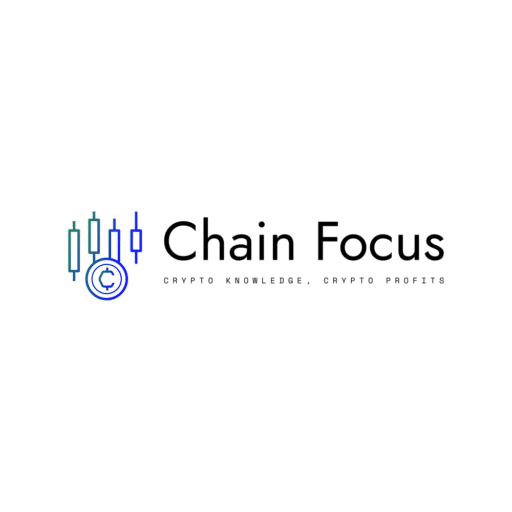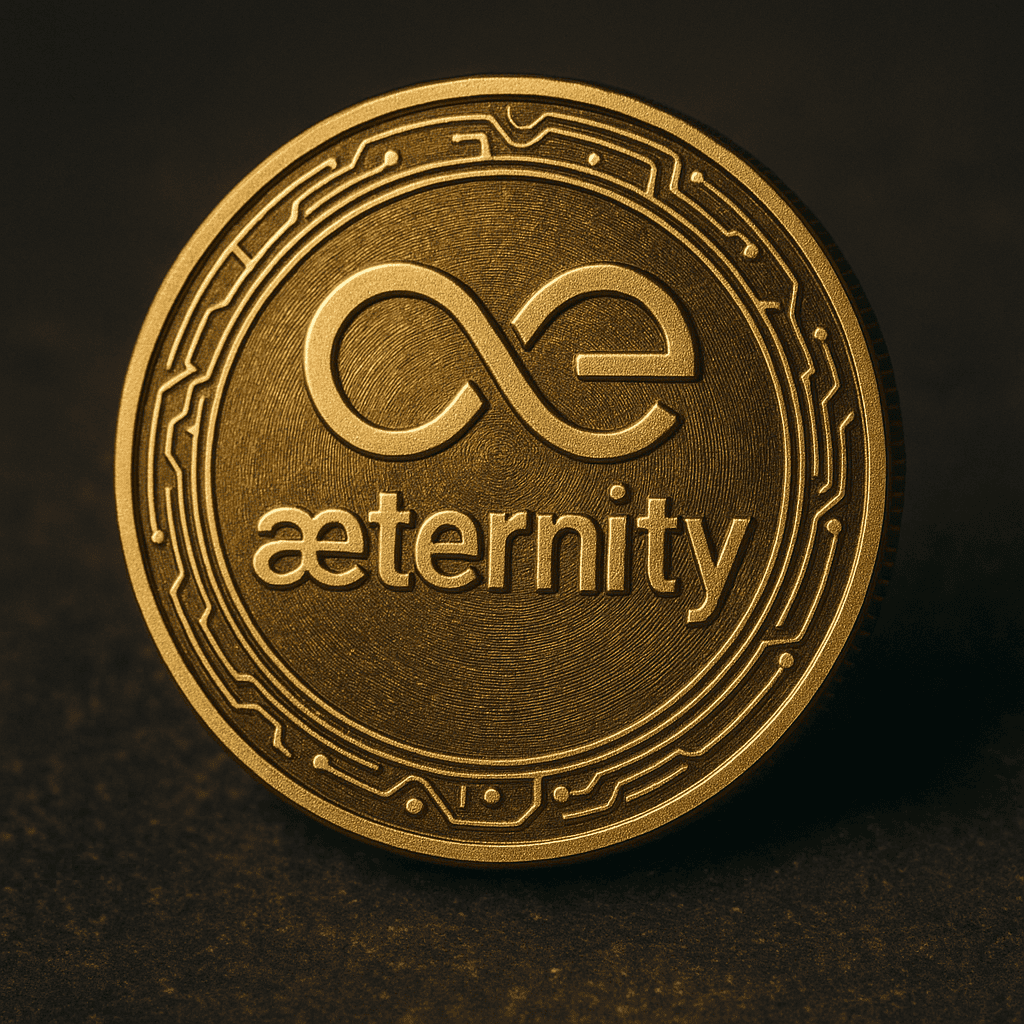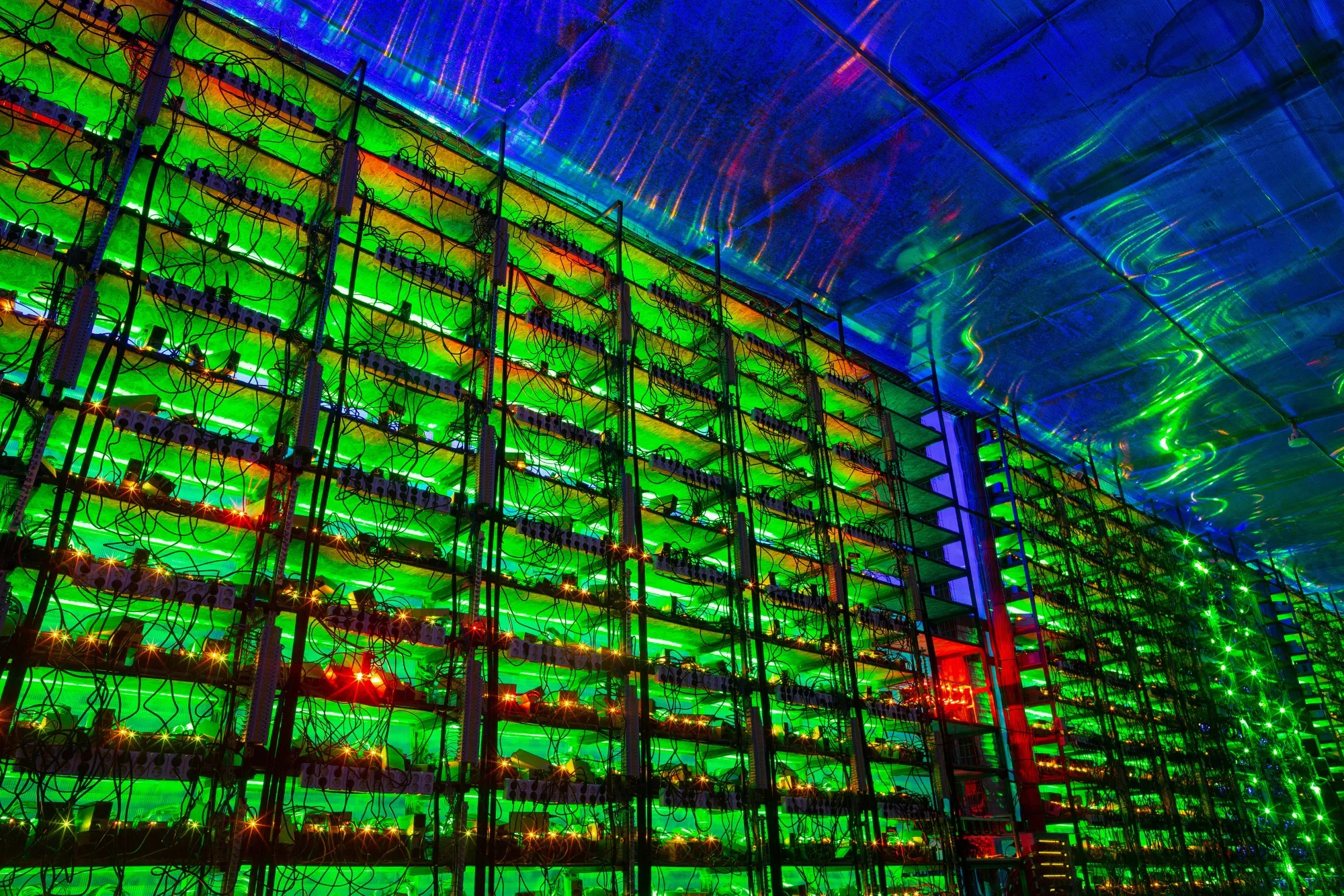Aeternity launched in June 2017 after its mainnet went live. Its native token, AE, has been trading since then, powering transactions and smart contracts on the network.
Basic Definition of Aeternity
Aeternity is a blockchain platform designed for scalable smart contracts and decentralized applications. It emphasizes high throughput, minimal transaction fees, and on-chain governance.
History of Aeternity’s Creation
- 2016: Concept introduced by Yanislav Malahov.
- June 2017: ICO raises over $24 million.
- April 2018: Mainnet launch with first block.
- 2019–2020: Introduction of state channels and name system.
- 2021–2024: Focus on governance upgrades, oracles, and developer tools.
What Technology Does Aeternity Use?
Underlying Blockchain Technology
Aeternity uses a hybrid consensus of Proof of Work (PoW) for mining new blocks and Byzantine Fault Tolerant (BFT) consensus for checkpoints, combining security with fast finality.
State Channels
State channels move interactions off-chain to reduce fees and latency. You open a channel, transact instantaneously with a counterparty, then settle on-chain only the final state.
Image suggestion: diagram of two participants exchanging state updates off-chain, with only open and close transactions on-chain.
Decentralized Oracle System
Aeternity includes built-in oracles that feed real-world data (e.g., prices, weather) into smart contracts securely and trustlessly.
Transaction Speed, Cost, and Scalability
| Metric | Value (Approximate) |
| Throughput | 40–100 transactions/sec |
| Average fee | < $0.01 per transaction |
| Confirmation time | ~3–5 seconds per block |
Scaling Challenges
- Blockchain bloat as on-chain data grows.
- Balancing decentralization with high throughput.
Scaling Solutions
- State Channels: Instant, micro-fee transactions off-chain.
- Name System Optimizations: Caching and pruning to reduce on-chain storage.
- Sidechain Integration: Experimental bridges to specialized chains.
Environmental Impact
Because PoW mining is limited to securing checkpoints rather than every block, and most interactions occur in energy-efficient state channels, Aeternity’s total power consumption is substantially lower than pure PoW chains.
| Aspect | Details |
| Consensus energy profile | Moderate (checkpoint PoW only) |
| Estimated annual consumption | < 5 TWh |
| Renewable energy initiatives | Mining pools integrating hydro |
Critics still point out any PoW use has environmental cost, but proponents highlight that checkpoint-only mining reduces overall footprint.
Current and Future Developments in the Aeternity Ecosystem
- Governance Improvements: On-chain voting modules for protocol upgrades.
- Oracle Enhancements: Adding new data types and staking mechanisms for oracle operators.
- Developer Toolkits: SDKs in Rust, JavaScript, and Go to simplify dApp creation.
- Partnerships: Integrations with IoT platforms and supply-chain visibility projects.
Long-Term Perspectives
- Growth of decentralized finance apps leveraging fast state channels.
- Wider adoption in gaming and IoT, where microtransactions and real-time data are crucial.
- Evolving consensus models that may phase out PoW checkpoints in favor of pure BFT or Proof of Stake.
AE Price Forecast Until End of 2025
Based on adoption trends, ecosystem growth, and overall crypto market cycles, AE could trade between $1.50 and $4.00 by December 2025. Key factors include:
- Success of state-channel applications driving transaction volume.
- Regulatory clarity in major markets boosting institutional interest.
- Broader DeFi integration attracting liquidity and staking.
Advantages of Aeternity Compared to Other Cryptocurrencies
- High Throughput: Hundreds of transactions per second off-chain.
- Low Fees: Micro-fees enabled by state channels.
- Built-in Oracles: No need for third-party oracle services.
- On-chain Governance: Transparent protocol upgrade mechanism.
- Scalable Name System: Human-readable account names that integrate seamlessly with contracts.
Disadvantages of Aeternity Compared to Other Cryptocurrencies
- Smaller Network: Fewer nodes and developers than Ethereum or Bitcoin.
- Complexity: Hybrid consensus and state-channels add implementation complexity.
- Lower Liquidity: AE trading volume is modest on exchanges.
- Partial PoW Dependence: Still incurs some energy costs for checkpoint mining.
Is Aeternity Anonymous?
AE addresses are pseudonymous: you see transaction flows on-chain, but identities aren’t directly tied. Privacy-focused chains (like Monero) offer stronger anonymity, while Aeternity focuses on scalability and data oracles over privacy features.
Is Aeternity Secure?
Security is provided by:
- PoW Checkpoints: Securing chain history against deep reorganizations.
- BFT Finality: Ensuring recent blocks can’t be reversed once committed.
- State-Channel Fraud Proofs: Any invalid off-chain state can be challenged on-chain.
Risks include smart-contract bugs and oracle manipulation, both mitigated by formal audit processes and staking requirements for oracle operators.
Is Aeternity Decentralized?
Yes—miners, node operators, oracle stakers, and governance voters all participate without a central authority. Protocol rules are enforced by consensus among these participants.
Is Aeternity Real Money?
“Real money” typically means a widely accepted medium of exchange, unit of account, and store of value. AE functions primarily as:
- Medium of Exchange: Especially for dApp fees and microtransactions.
- Unit of Account: Less common in everyday price quoting.
- Store of Value: Emerging among specialized communities but not yet mainstream.
Aeternity in Developing and Restrictive Economies
In countries with unstable currencies or strict capital controls, Aeternity can provide:
- Low-cost Remittances: Via state channels for cheap, fast transfers.
- Access to Oracles: Reliable price feeds for local assets, enabling decentralized budgeting tools.
- Decentralized Identity: Name system helps those lacking formal IDs participate in digital finance.

Current Government Approaches to Aeternity
Most regulators treat AE similarly to utility tokens. There’s no country recognizing AE as legal tender, but:
- EU: Falls under general crypto-asset regulations pending MiCA.
- USA: Classified as digital asset (subject to securities and commodities laws).
- Asia: Varies—some markets allow trading, others impose stringent KYC/AML.
Use Cases for Aeternity
- Micro-payments: In gaming and content platforms.
- IoT Data Markets: Paying for sensor feeds via oracles.
- Decentralized Finance: Lending, borrowing, and staking with fast settlement.
- Supply-Chain Tracking: Immutable records with on-chain oracles.
Can Aeternity Replace Gold?
As a “digital gold” candidate, AE offers programmability and microtransaction support that physical gold can’t match. However, gold’s centuries-long track record and intrinsic industrial uses make full replacement unlikely. AE may complement gold as a digital store of value in tech-oriented portfolios.
How Is Aeternity Regulated Worldwide?
Regulation spans:
- AML/KYC for exchanges and custodians.
- Token classification: Utility vs. security debates.
- Tax treatment: Varies by jurisdiction (capital gains vs. income).
Challenges include cross-border compliance and rapid protocol evolution; opportunities lie in clear frameworks that encourage innovation.
Is the Aeternity Network Protected Against Hackers?
Protection stems from:
- Hybrid Consensus: Combining PoW and BFT makes 51% attacks costly and finality robust.
- State-Channel Challenge Periods: On-chain dispute resolution deters fraud.
- Formal Verification: Smart-contract toolsets to prove correctness.
Potential attacks (e.g., eclipse attacks on nodes) are mitigated by diversified peer‐to‐peer connections and regular software updates.
Disclaimer
The information on this website is for educational purposes only, and investing carries risks. Always do your research before investing, and be prepared for potential losses.
18+ and Gambling: Online gambling rules vary by country; please follow them. This website provides entertainment content, and using it means you accept out terms. We may include partnership links, but they don't affect our ratings or recommendations.
Crypto promotions on this site do not comply with the UK Financial Promotions Regime and are not intended for UK consumers.





